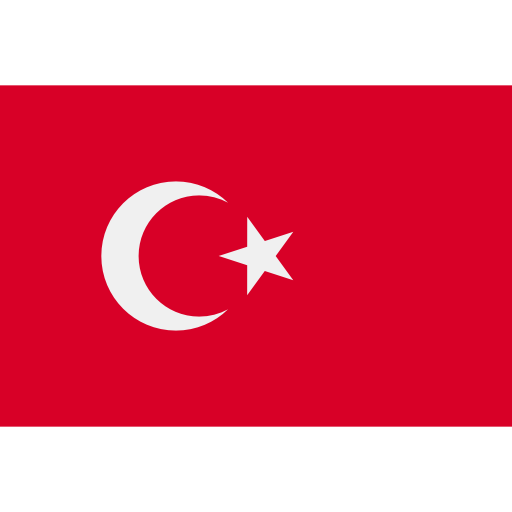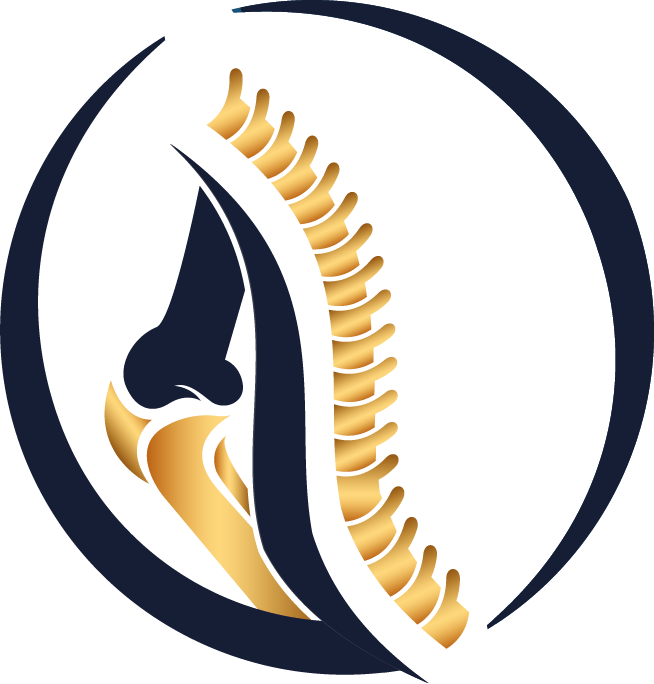What is Scoliosis?
Scoliosis is a 3-dimensional spinal deformity in which the spine bends sideways and takes an "S" or "C" shape. Our spine is made up of bones called vertebrae, arranged one above the other. A healthy spinal structure has a natural curvature that helps us bend and move. However, what is known as scoliosis occurs when our spine bends more than it should, creating a sideways curvature.
Frequency of Scoliosis
- Scoliosis occurs in approximately 2 to 4% of the population.
- Most of these are low-grade curvatures. It can be seen 8-10 times more frequently in girls than boys.
- In only 10 percent of people with a curvature of the spine, scoliosis progresses to a degree that requires treatment.
- Regular exercise, keeping the back muscles strong, increasing the condition and being more fit are indispensable elements in almost every step of the follow-up and treatment of scoliosis.
Scoliosis Classification
Scoliosis is a curvature of the spine caused by a known or unknown cause. Based on this, they are divided into two groups:
- Idiopathic scoliosis is the most common type. (85%)
- Known cause (Secondary) scoliosis (15%): Scoliosis due to connective tissue, neurological and skeletal system diseases.
Idiopathic scoliosis can occur at any age during growth. By starting age:
- Infantile first 3 years
- Juvenile 3 years to adolescence (3-10 years)
- Adolescent Adolescence and beyond (10-18 years)
The most common of these is scoliosis, which starts in adolescence, that is, in adolescence.
Signs and Findings of Scoliosis
Scoliosis starts very insidiously and can progress without any symptoms for a long time. There is usually no pain and most of the cases are discovered incidentally on radiographs taken for other reasons. The most common symptoms:
- Rib protrusion caused by rotation of the rib cage
- Pain in the back, shoulder, neck, ribs and hips
- Different shoulder heights
- Respiratory or heart problems in severe cases
- Irregular waistline
- difficulty standing upright
- Irregular musculature on one side of the spine
It should be known that progressive and untreated cases increase the susceptibility to depressive mood and various mental illnesses, and spinal curvatures above 90° are associated with sudden death syndrome.
Diagnosis
The diagnosis of scoliosis is made by looking at the degree of spinal curvature. Anteroposterior and lateral images are taken in the standing X-ray film. Curvature relative to the image of the spine is measured in degrees as an angle. The angle that measures the degree of scoliosis is called the "cobb angle".
Curvatures below 10 degrees are defined as asymmetry, not scoliosis. For the diagnosis of scoliosis, the curvature must be above 10 degrees. If there is more than one curvature of the spine, it is necessary to talk about scoliosis degrees, not a single degree of scoliosis.
MRI and other additional investigations are used when there is an uncommon curvature of the spine (eg, curvature on the left side of the chest) or other signs.
Grade of Scoliosis and Selection of Treatment Method
- In curvatures below 20 degrees, the patient is closely monitored. At the same time, back and waist exercises and swimming are recommended. No intervention (brace or surgery) is performed.
- Brace treatment may be preferred for people with scoliosis degree between 20-40 degrees and growth potential. If the degree of scoliosis is more than 40 degrees, scoliosis surgery is considered.
- The potential for progression of scoliosis and whether growth has stopped affect the treatment decision. For example, the treatment of an 8-year-old child with a 30-degree curvature is different from the treatment of an 18-year-old teenager with a 30-degree curvature. The younger the child, the higher the potential for progression of the curvature.
- If the curvature of the back exceeds 40 degrees in a growing child, if the curvature of the waist exceeds 35 degrees, surgery is definitely recommended for these children.
- If the curvature of the back is more than 50 degrees and the curvature of the waist is more than 40 degrees in people who have completed their growth, surgery is recommended because it is known that these curvatures progress over time, although the growth has stopped.
Related Articles on Spine Conditions
- Understanding Adolescent Idiopathic Scoliosis
- What to Do When Adolescent Scoliosis Is Detected? A Roadmap for Families and Patients
- Do Scoliosis Exercises Really Correct the Curvature?
- How Does Life Continue After Scoliosis Surgery?
- Spondylolysis in Young Patients: Symptoms, Diagnosis & Modern Treatment Options
- 7 Simple Daily Habits to Prevent Herniated Disc
- Vertebral Compression Fractures in the Elderly: When Is Surgery Necessary?
 Türkçe
Türkçe
 Arabic
Arabic



